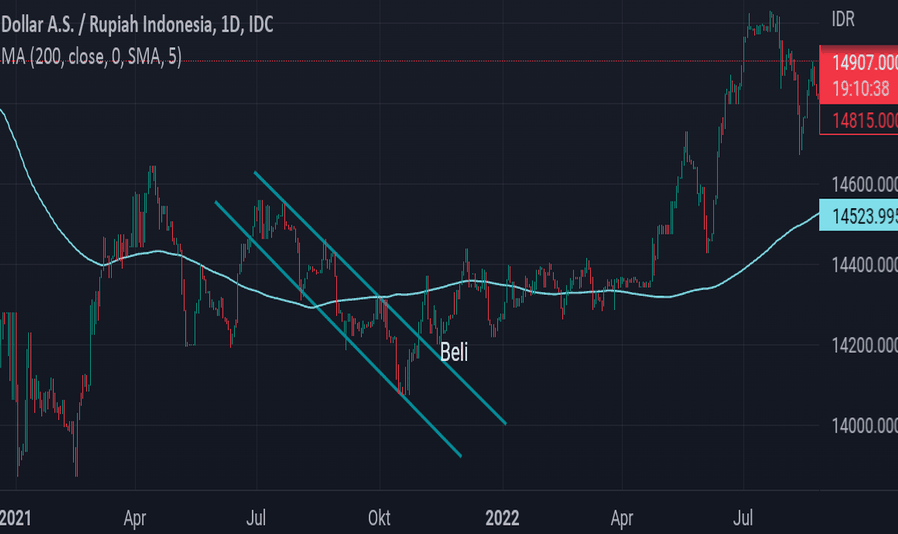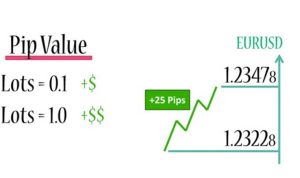The forex USD/IDR pair is a popular currency pair in the foreign exchange market, representing the exchange rate between the United States dollar (USD) and the Indonesian rupiah (IDR). In this article, we will delve into the dynamics of the forex USD/IDR pair, its significance, factors influencing its movements, and its impact on the Indonesian economy.
What is Forex USD/IDR?
Forex USD/IDR refers to the relative value of the US dollar against the Indonesian rupiah. It represents how many rupiahs are needed to purchase one US dollar. For example, if the USD/IDR exchange rate is 14,000, it means that 14,000 rupiahs are required to buy one US dollar.
Factors Influencing Forex USD/IDR
Several factors contribute to the fluctuations in the forex USD/IDR pair:
- Economic Indicators: Economic indicators such as interest rates, inflation, GDP growth. Higher interest rates, favorable economic conditions, and trade surpluses can lead to a stronger rupiah.
- Political and Economic Events: Political stability, government policies, geopolitical tensions.
- Market Sentiment: Market sentiment, investor confidence, and risk appetite also contribute to the fluctuations in the currency pair. News, market trends, and risk-on or risk-off sentiment can drive changes in the USD/IDR exchange rate.
Impact of Forex USD/IDR on the Indonesian Economy
The exchange rate between the USD and IDR has a significant impact on the Indonesian economy:
- Imports and Exports: A stronger rupiah can make imports cheaper, benefiting consumers but potentially affecting domestic industries. Conversely, a weaker rupiah can boost exports, making Indonesian goods more competitive in international markets.
- Inflation and Purchasing Power: Fluctuations in the exchange rate can affect inflation rates and purchasing power. A weaker rupiah may lead to higher import costs, contributing to inflationary pressures and potentially reducing consumers’ purchasing power.
- Foreign Investment: The exchange rate can influence foreign direct investment (FDI) in Indonesia. A stronger rupiah may attract more foreign investors, as it increases the value of their investments in local currency terms. Conversely, a weaker rupiah may make Indonesia’s investment climate less attractive to foreign investors.
- Tourism: Fluctuations in the exchange rate can impact tourism in Indonesia. A weaker rupiah can make the country more affordable for international tourists, potentially boosting the tourism industry and contributing to economic growth.
Conclusion and Suggestions
The forex USD/IDR pair plays a crucial role in the Indonesian economy, as it reflects the exchange rate between the US dollar and the Indonesian rupiah. Understanding the dynamics of this currency pair is essential for traders, investors, and policymakers alike.
When trading the forex USD/IDR pair, it is important to stay informed about the latest economic indicators, political developments, and market sentiment that can influence the exchange rate. Additionally, diversification and risk management strategies are crucial to mitigate the potential risks associated with currency fluctuations.
For investors and businesses operating in Indonesia, monitoring the USD/IDR exchange rate can help in making informed decisions regarding imports, exports, pricing strategies, and foreign investment opportunities.
In conclusion, USD/IDR pair is a significant currency pair with its own unique dynamics. By staying informed and understanding the factors that influence its movements, traders and investors can make more informed decisions in the forex market.







